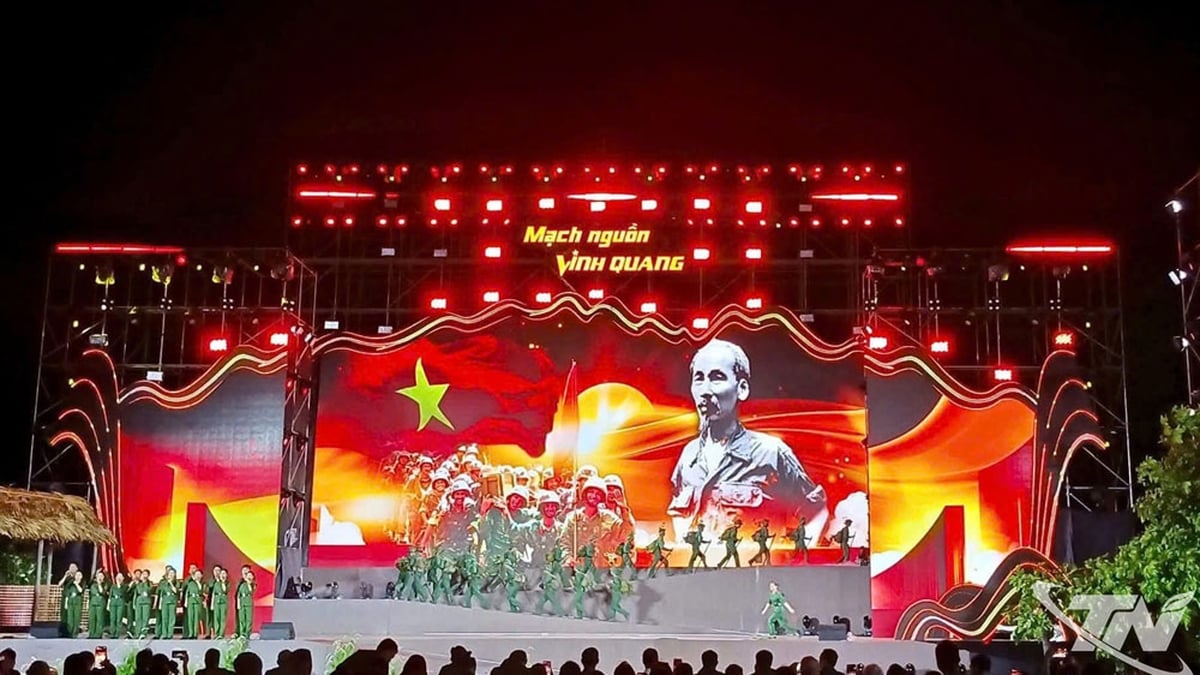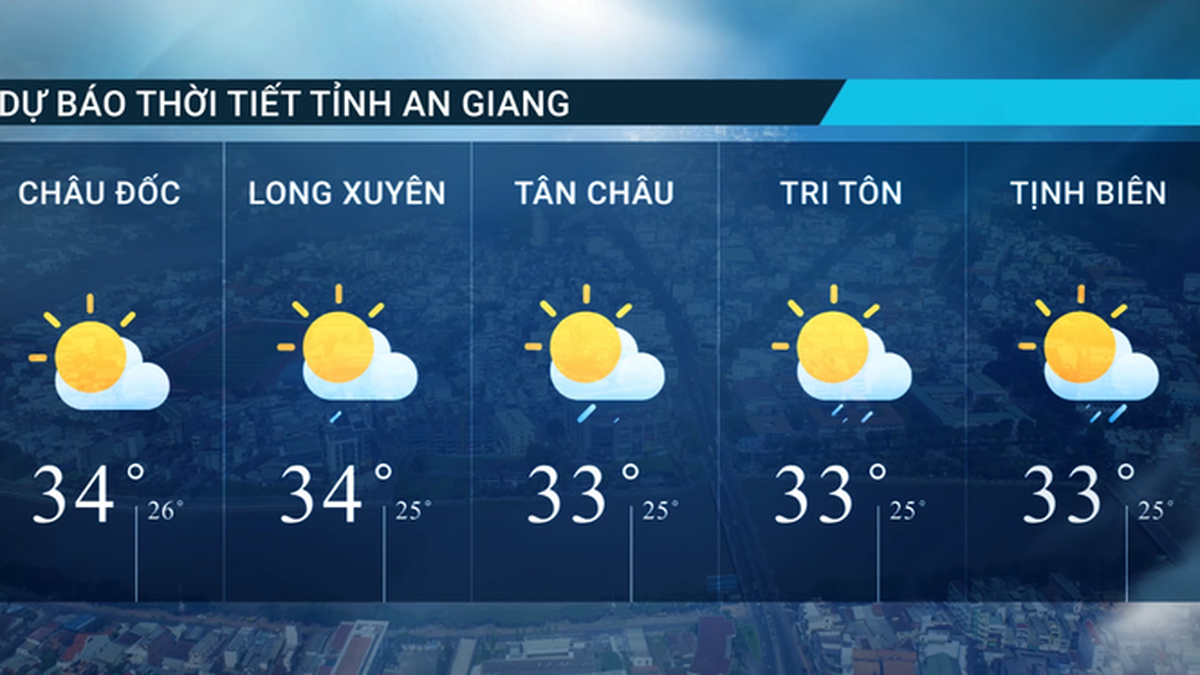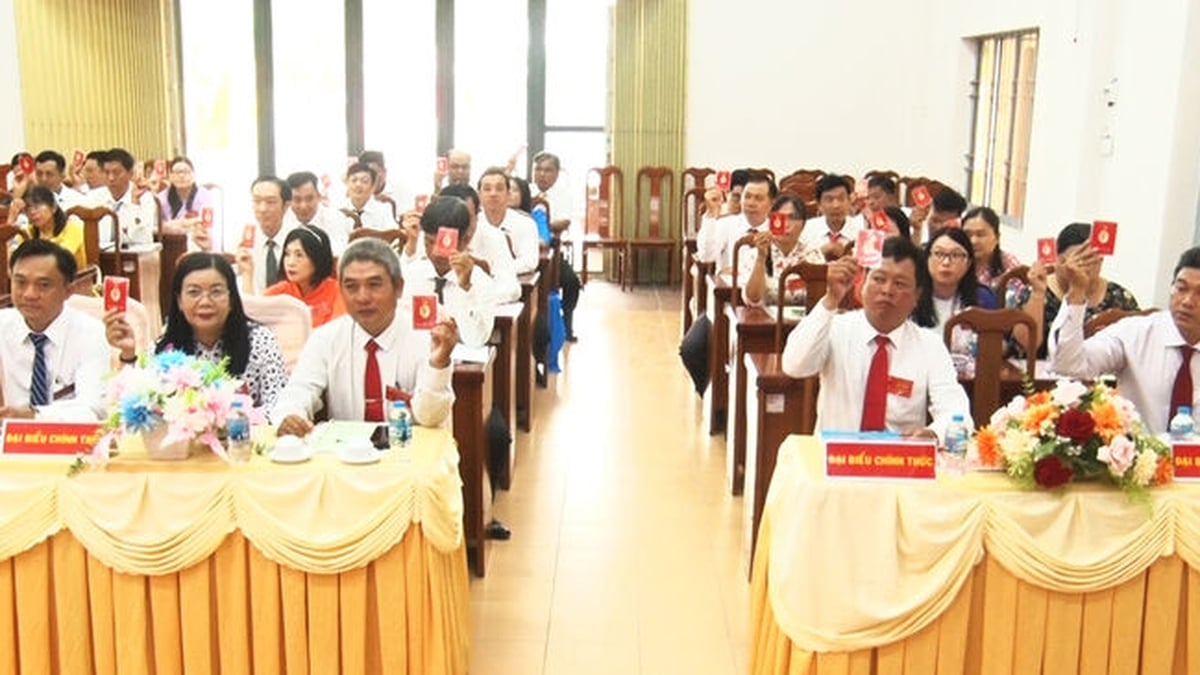The Northern Delta (including most of Inter-zone 3 and the Left Bank) is an area with an important strategic position in the people's war to protect the Fatherland. In the final stage of the Winter-Spring campaign of 1953-1954, the army and people of the Northern Delta effectively coordinated with the main battlefield, contributing to the Dien Bien Phu Victory that "resounded throughout the five continents and shook the world".

In order to coordinate effectively with the battlefields, in early December 1953, Inter-zone 3 and the Left Bank Zone met to analyze the situation and set out the immediate tasks of the main units and local troops: to urgently consolidate and prepare the battlefield, ready to fight big when the opportunity comes; to strongly develop the tactics of raids, ambushes, traffic attacks, siege points to destroy reinforcements, attack points to destroy reinforcements, boldly attack deep into the rear where the enemy is vulnerable to destroy the headquarters, destroy their airports, ports, warehouses and means of war.
Following the direction of the Left Bank Party Committee, Regiment 42, Regiment 50 and local troops continuously attacked and destroyed many positions, fought the enemy on traffic routes and attacked Thai Binh town. In the first two months of the 1953-1954 Winter-Spring campaign, the army and people of the Left Bank Region destroyed many enemies and captured a large amount of weapons, enough to equip a main force regiment.
At the end of December 1953, the French colonialists increased their forces and built Dien Bien Phu into a strong military stronghold. In the face of the above situation, the Left Bank Party Committee and the Inter-Zone 3 Party Committee held a conference to determine the direction to continue attacking the enemy. The Inter-Zone 3 Party Committee advocated: Developing the victory and promoting the coordinated support activities for the Dien Bien Phu front, and at the same time launching the "Vietnam-China-Soviet Union Friendship Month".
Implementing the above policy, from January 15, 1954, in coordination with the attack on the Day River defense line, local troops and militia and guerrillas of Inter-Zone 3 stepped up attacks on the enemy throughout the area. In Ha Nam, Nam Dinh and Ninh Binh, Regiment 46 together with local troops and militia and guerrillas continued to ambush enemy canoes and warships on the Dao River, organized raids on Nam Dinh city, and fought against sweeps in Yen Mo, Yen Khanh, Gia Khanh and Kim Son districts, causing many losses to the enemy. Along with that, the Provincial Party Committees and Administrative Committees of Nam Dinh, Ninh Binh and Ha Nam provinces directed localities to step up attacks on traffic, contributing to stretching the enemy, forcing them into a passive response position.
In the Left Bank area, on the night of January 31, 1954, local troops of Kien An province raided Do Son airport. On February 26, 1954, the Left Bank Party Committee launched an attack on the enemy's strategic transportation system, focusing on Highway 5 and the enemy's railways, airports, and warehouses in the Northern Delta (1). General Vo Nguyen Giap sent a telegram praising the achievements of the officers and soldiers who raided Gia Lam airport and Cat Bi airport (2).
On the right bank, the 320th Division and the 46th Regiment coordinated with local troops and guerrillas from Ha Nam, Nam Dinh, and Ninh Binh provinces to continue attacking the remaining part of the Day River defense line; making the traffic routes from Nam Dinh city, Phu Ly town, and Ninh Binh radiating in all directions a terror to the enemy.
In all directions in the Red River Delta, the political struggle and military agitation movements also developed very strongly. In the Left Bank area, in the first three months of 1954, there were more than 200 struggles against the enemy's conscription...
At the same time, the army and people of the Northern Delta actively contributed human and material resources to support the Northwest-Dien Bien Phu front. In the first months of 1954, nearly ten thousand young men from the Red River Delta provinces enlisted to supplement the regular army force in Dien Bien. Tens of thousands of people from the delta provinces of Inter-zone 3 and the Left Bank participated in the labor transportation. With the spirit of the whole country going to war, the Northern Delta coordinated with other battlefields to hold back the enemy, creating conditions for Dien Bien Phu to win. The great victory of Dien Bien Phu created a new offensive movement throughout the country, including the Northern Delta (3).
The successes in coordinating combat operations with the Dien Bien Phu campaign continued to affirm the important role of Military Region 3 (in the Northern Delta), which was a fierce battlefield and at the same time a direction for coordination and a large rear base for the fronts. Through studying the coordination activities with the main battlefield in the 1953-1954 Winter-Spring campaign and the Dien Bien Phu campaign, Military Region 3 drew some key issues as follows:
Firstly, regularly thoroughly grasp and creatively organize the implementation of the Party's military line, closely combining military struggle with other forms of struggle: In coordinating operations with the Dien Bien Phu campaign, Inter-zone 3 and the Left Bank Zone always strictly grasped the Party's military line, the leadership and direction of the Central Military Commission and the General Command, creatively applied it to the specific conditions of each area and locality; launched a widespread people's war with many tactical forms.
Promoting the above successes, in the current conditions, the armed forces of Military Region 3 continue to thoroughly grasp the viewpoints of Marxism-Leninism on the army and revolutionary war, Ho Chi Minh's thought on people's war, the Party's policies and guidelines on military and national defense. Promote research and application of traditional Vietnamese military art; enhance the application of scientific and technological achievements in training and combat readiness.
Second, build and improve the overall quality and combat strength of the armed forces, ensuring the ability to successfully complete all tasks: In coordination with the Dien Bien Phu campaign, Inter-zone 3 and the Left Bank Zone have built strong main force units and local troops, which are the backbone of the people's war in each area; the militia and guerrilla forces are widespread, not separated from production, and regularly organize attacks on the enemy on the spot, causing them heavy losses.
In the current period, it is necessary to promote revolutionary ethics education, promote the spirit of self-cultivation and training of cadres and soldiers. Continue to strictly implement the directives, resolutions and plans of the Central Military Commission and the Ministry of National Defense, build a strong, compact and elite armed force of Military Region 3, prioritizing units ready to fight and perform tasks on border, sea and island lines.
Third, effectively promote the characteristics of the area, build a solid national defense, a solid national defense posture and a people's war posture to fight the enemy widely in the war to protect the Fatherland: The Northern Delta is not only a place to provide human and material resources but also a place where fierce battles took place, becoming a typical front to attack the enemy's rear, with many creative tactical forms. During the 1953-1954 Winter-Spring campaign, the armed forces of Inter-Zone 3 and the Left Bank Region effectively coordinated with the forces of the Ministry stationed in the area to organize major battles; at the same time, coordinate with local armed forces and militia and guerrillas to fight the enemy widely, with key points, liberating each area, moving towards complete liberation.
In the current period, the armed forces of Military Region 3 actively coordinate with localities to build defense zones such as: Surveying and planning the construction of key defense zones; building command posts, villages, strong support points, and clusters of strong support points; linking the planning and development of economic and social plans of each locality. Focusing on planning and building warehouse systems, stations, logistics and technical facilities; building full determination and appropriate defense combat plans; organizing training and practicing plans built in peacetime, constantly improving the qualifications of forces in defense zones...
(1) Accordingly, on the night of March 4, 1954, our forces broke into Gia Lam airport, burned 12 planes and a fuel depot. On March 7, 1954, the armed forces of Kien An province attacked Cat Bi airport, the most important French military airport in North Indochina, destroyed 59 planes and many military warehouses and vehicles, and cut off the enemy's largest "air bridge" supporting the Dien Bien Phu stronghold. This feat of the army and people of Route 5 was praised in a letter by President Ho Chi Minh and awarded noble titles. President Ho Chi Minh awarded the First Class Military Exploit Medal to the unit that attacked Cat Bi airport. This was one of two units in the entire armed forces to be awarded this title during the resistance war against French colonialism, and the soldiers participating in the battle were awarded the title "Cat Bi Braves".
(2) General Vo Nguyen Giap, Complete Memoirs, People's Army Publishing House, Hanoi, 2006, p.985.
(3) Destroyed more than 40,000 enemies; destroyed, forced to retreat, and forced to surrender 250 positions; shot down and destroyed 82 planes; captured and destroyed many weapons and war vehicles. See more: Military Region 3 - History of the resistance war against French colonialism, People's Army Publishing House, Hanoi, 1990, p.476.
Source


































































































Comment (0)